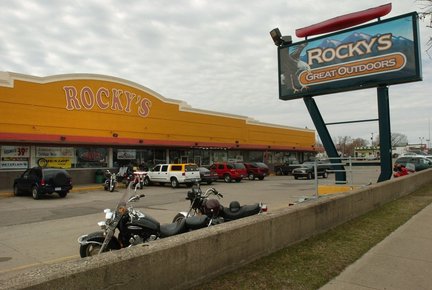The Model T was the first car for the People and it changed the world.
The VW Beetle and Deux Chevaux (2CV, however it’s spelled) were 2 more such cars.
In the 1960s/70s, Hondas, Volvos, Fiats, Opels and maybe even a few US cars (Chevette! Vega? Valiant?) might be added to that list.
These cars were all contributors the increased prosperity and accessibility to opportunity for their nations. The first 3 far more so than those of the 60’s and 70’s, it would seem. The first 3 were hugely important in helping their nations recover from war. We need a recovery as well!
And, of course, because they were such important cars—in contrast to the expensive cars of their day—their owners quickly developed a reverse pride and snobbery. Especially with the Beetle and the 2CV. They represented social wisdom.
What’s the next car that will truly win in that regard?
Well, what were the main common features of all these cars?
They were cheap, simple, light, small, versatile, got good mileage, were fairly slow…and very easy to repair at home. Some were even reliable.
Today it seems like we could nail the reliability side far better. But is there a way we could do that and keep all the other aspects, too?
That is, I think there’s still a need for simplicity in a car. The dominant rush right now is to complexity and exotica, it seems. One part of the puzzle might be solved that way. But the backdoor needs to be considered, too. Well…a free-booter will exploit it, we can hope. It’s the role of the wild card. Then, too, sometimes simplicity is found via something that looks complex. It might be that electro or hydrogen cars will lend themselves to backyard concepts better than hightech 32-valve 4-bangers.
I note that none of those cars of yore had today’s safety features. But I bet most of those could be built into a simple car.
If a car was designed to be repaired at home I suppose there would a liability issue today. The only known way around that would be to do what the small airplane companies do: sell the cars as KITS. Offer courses that guide each car owner through building their own car. Maybe these courses could be taught online or via DVD if the skills were straightforward enough. Our new car would bolt together. Perhaps a few of the components (the engine?) would be high-tech and so would use the diagnose-and-replace approach to home maintenance.
To serve most of the public the resulting car would only need to go 70mph max and be meant to mostly go on surface roads at a comfortable 50mph max. This would only require a tiny engine. My old Rabbit had a 90 hp and it went fine. A 50-hp hightech modern engine could easily serve this need and be very cheap and get really good mileage.
A small, light car is easily jacked up for repair. Its parts are light and much less expensive.
With today’s design concepts it could even be made to be safe, with crush zones and well-bolted seating. Perhaps a 4-point harness and helmet would result in a config that was safer than other cars.
In kit-form this car could maybe cost $4K new and be expected to last 20 years and cost less than a quarter as much as other cars on a per-year basis for maintenance.
…Thus a large portion of the income of a large chunk of our population could be freed up for things like savings and for paying off the national (war) debt or go toward buying a cheap home.
I mean, where else is a regular bloke going to get the money?
Car ownership cost has to come WAY down. The only way for that to happen is to introduce a cheap new car.
(Health costs also have to come way down. The only way for that is for most folks to start living really healthy.)
This car thing sounds like something that could actually save our economy, create a fair chunk o’ jobs, and provide access and opportunity. At zero cost to anyone other than to the sensible car purchaser.



